The death of Windows 10 won't happen as quickly as you might think
Organizations can extend security protections after the Windows 10 end of life deadline, Microsoft confirmed
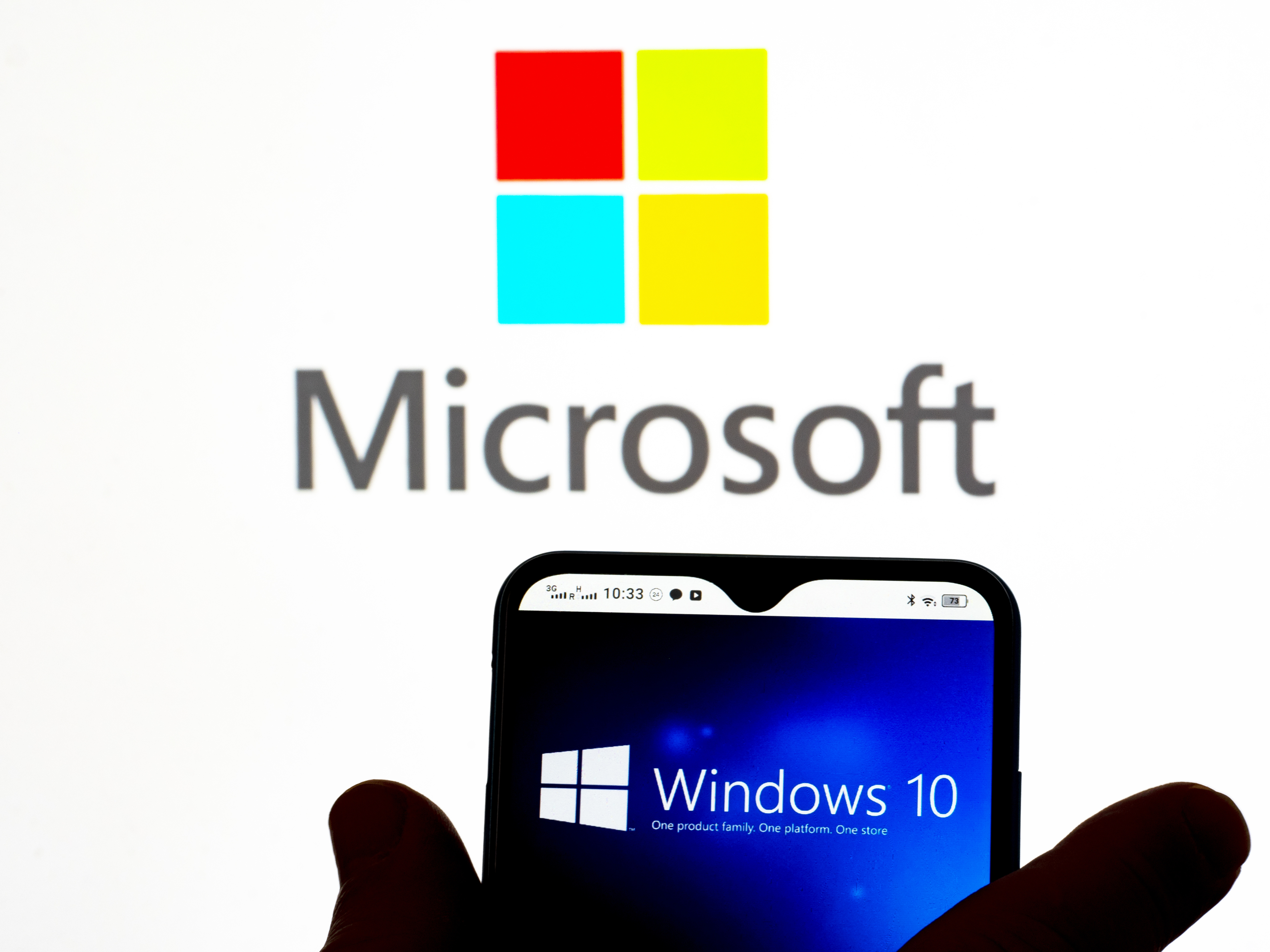

Microsoft has reassured businesses it will run an extended security update (ESU) program to provide critical support for those still running Windows 10 after the operating system reaches end of life (EOL).
Windows 10 will reach end of support on 14 October 2025, at which point Microsoft will no longer provide devices with free bug fixes, security patches, or technical support.
This means organizations still running Windows 10 will have just under two years to upgrade their systems if they want to continue receiving new features and regular non-security updates.
For those unable to meet this deadline, Microsoft will provide an ESU program similar to that offered for Windows 7, where customers can pay to receive critical security updates for a further three years.
The ESU will be a yearly subscription and devices enrolled in the program will get monthly security updates throughout the three year period.
Windows 365 subscriptions will include ESUs for free, covering any Windows 10 devices that access Windows 365.
Customers running Windows 10 instances in Azure Virtual Desktop or Windows 10 devices connected to a Windows 11 cloud PC, will also receive these updates at no additional cost.
Sign up today and you will receive a free copy of our Future Focus 2025 report - the leading guidance on AI, cybersecurity and other IT challenges as per 700+ senior executives
Microsoft did not reveal how much this subscription would cost, but it is expected to be comparable to the pricing of the Windows 7 ESU program, which finished on January 10 and was available as an add on for Windows Enterprise customers for $25 per device for the first year, $50 for the second, and $100 for the third.
Windows 10 end of life: Why is Microsoft still clinging on?
The market share of desktop Windows versions currently sits at 68% of users still running Windows 10, with Windows 11 accounting for 27% of Windows desktop devices, according to Statcounter.
The 400 million monthly active users of Windows 11 is dwarfed by the 1 billion devices still running Windows 10.
RELATED RESOURCE
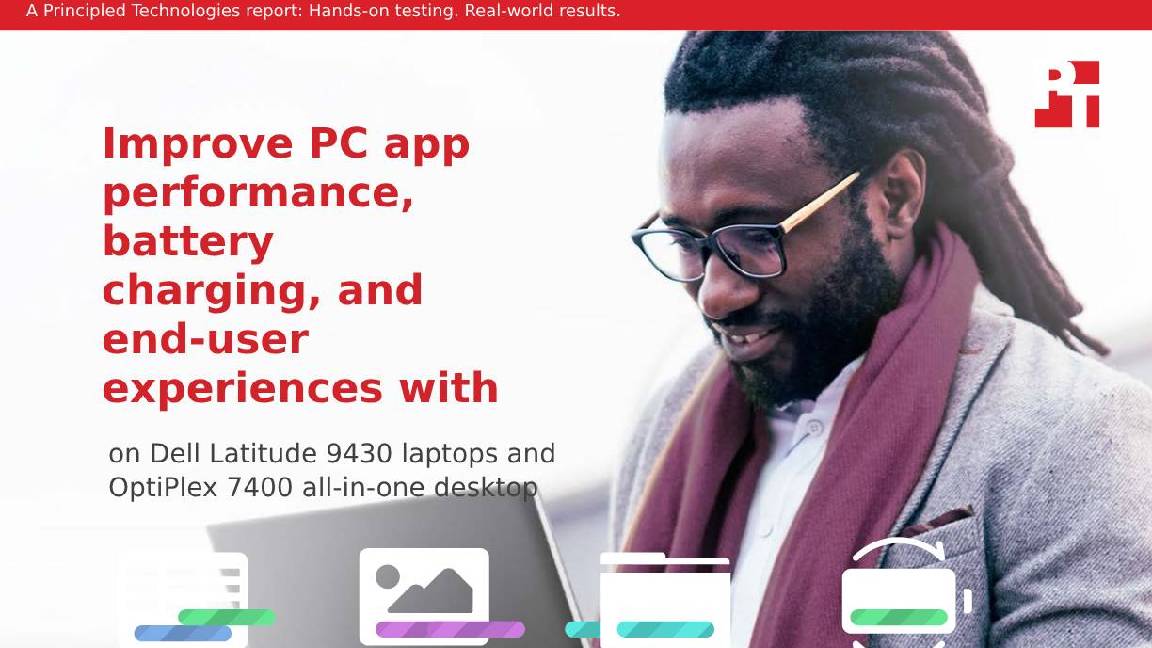
This whitepaper shares an example of how Dell Optimizer enhances performance, improves productivity, and takes user experience to the next level.
The ESU program indicates Microsoft may not quite be ready to force the vast majority of users still using Windows 10 to upgrade to the latest operating system.
Microsoft’s recent decision to integrate its AI Copilot in Windows 10 also shows the tech giant recognizes the significant market share its previous OS enjoys, as well as its willingness to meet user demands for AI-powered features.
In some cases, however, the upgrade is not simply a question of moving on to a quicker, more efficient operating system. Windows 11’s system requirements are not compatible with some Windows 10 machines, complicating the process somewhat.
Companies will be able to extend security support for these devices for a further three years after the end of support in October 2025, but beyond this point it remains uncertain whether businesses will need to fork out to migrate to cloud-based systems or make significant hardware replacements.

Solomon Klappholz is a former staff writer for ITPro and ChannelPro. He has experience writing about the technologies that facilitate industrial manufacturing, which led to him developing a particular interest in cybersecurity, IT regulation, industrial infrastructure applications, and machine learning.
-
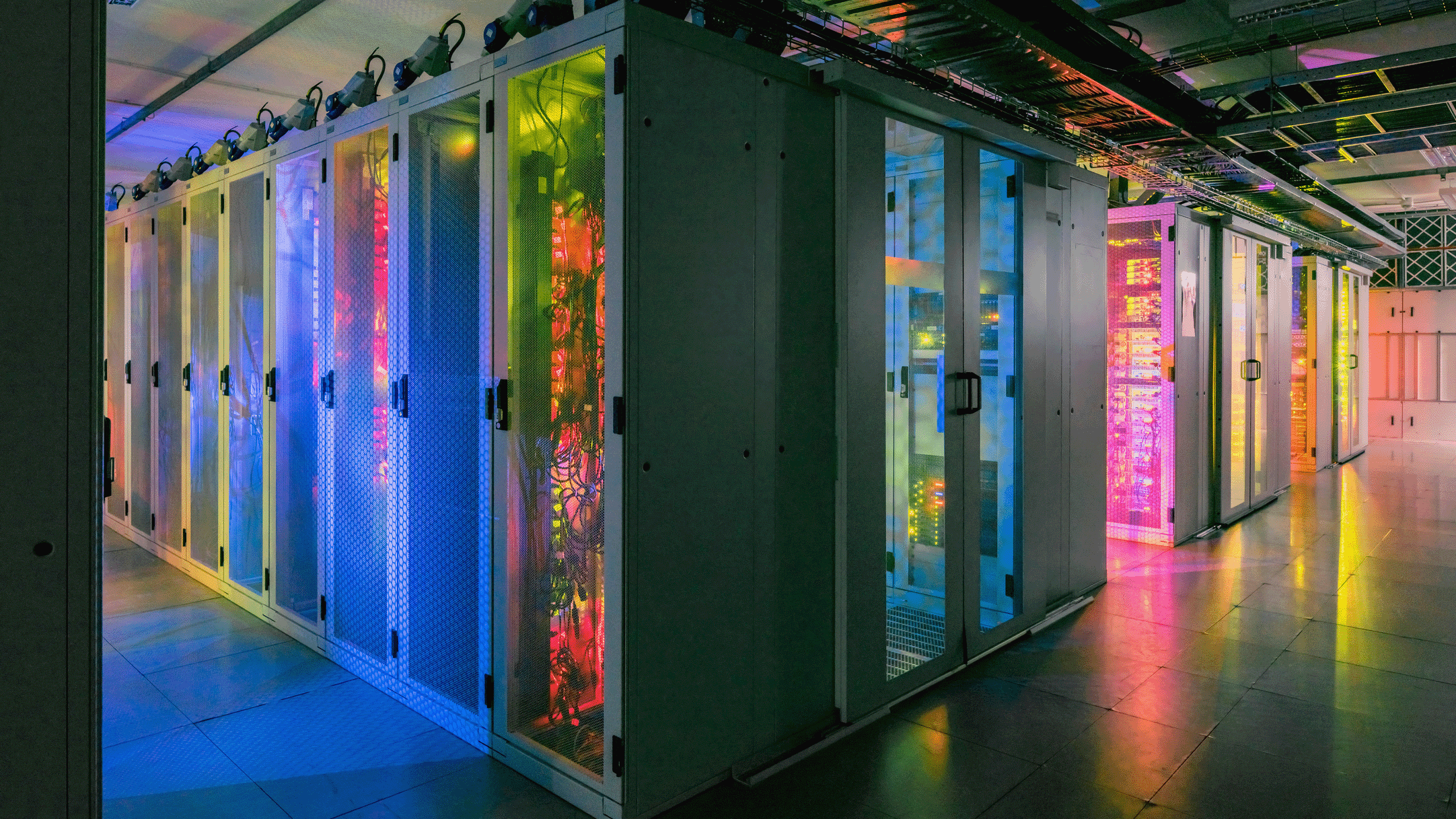 Is BESS the key to data center energy demand?
Is BESS the key to data center energy demand?In-depth Battery energy storage systems can evolve from a transitional solution to a core asset for data centers
-
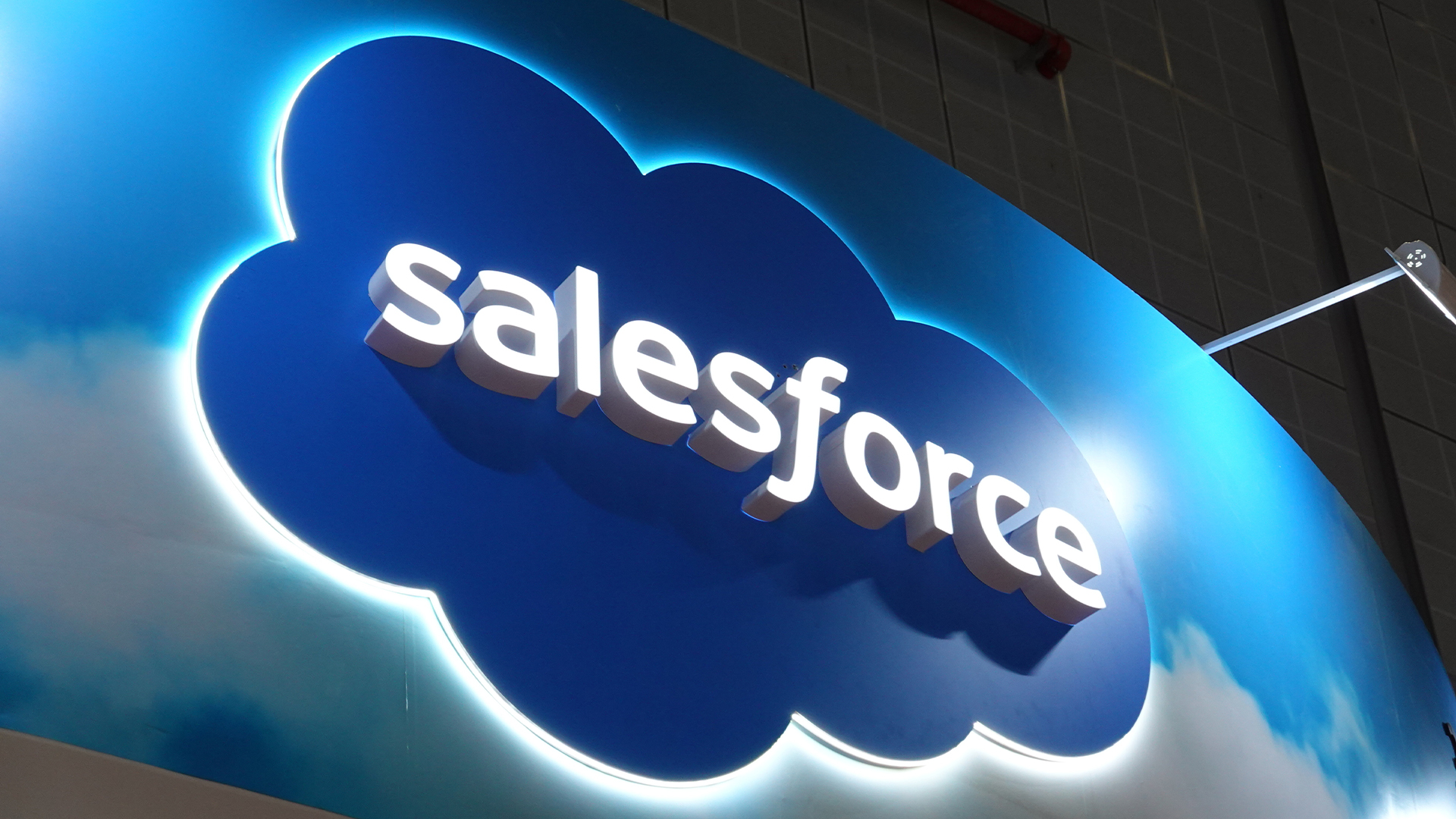 Salesforce announces huge partner program revamp with Agentforce 360 launch
Salesforce announces huge partner program revamp with Agentforce 360 launchNews Salesforce has announced the formal launch of Agentforce 360, a new platform designed to help channel partners drive recurring revenue through AI agents and applications.
-
 Windows 10 end of life has passed – here's your business guide to Windows 11
Windows 10 end of life has passed – here's your business guide to Windows 11In-depth As Windows 10's mainstream support ends, it's time for businesses who have yet to upgrade to take a second look at Windows 11
-
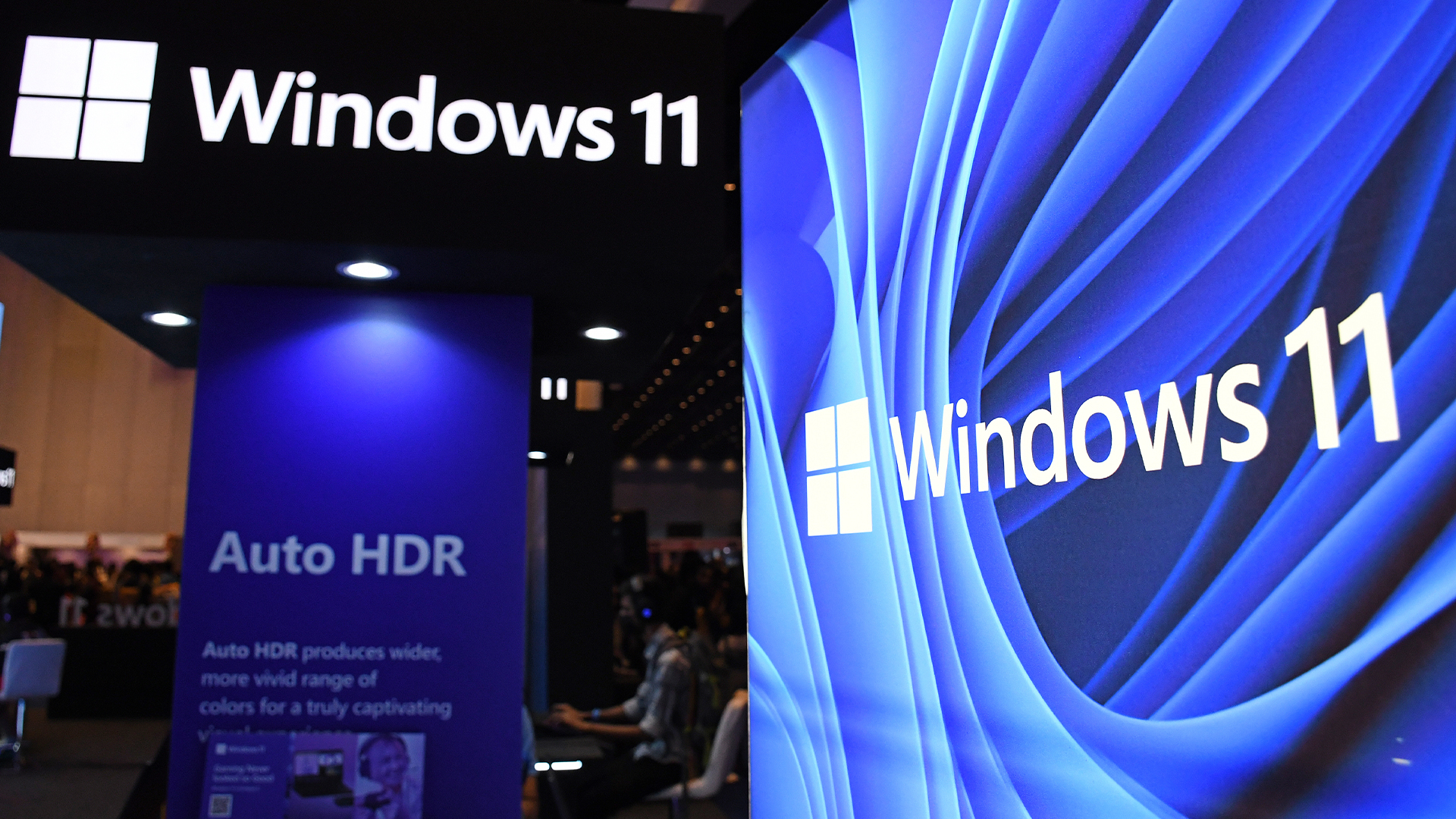 Microsoft issues fix for Windows 11 update that bricked mouse and keyboard controls in recovery environment – here's what you need to know
Microsoft issues fix for Windows 11 update that bricked mouse and keyboard controls in recovery environment – here's what you need to knowNews Yet another Windows 11 update has caused chaos for users
-
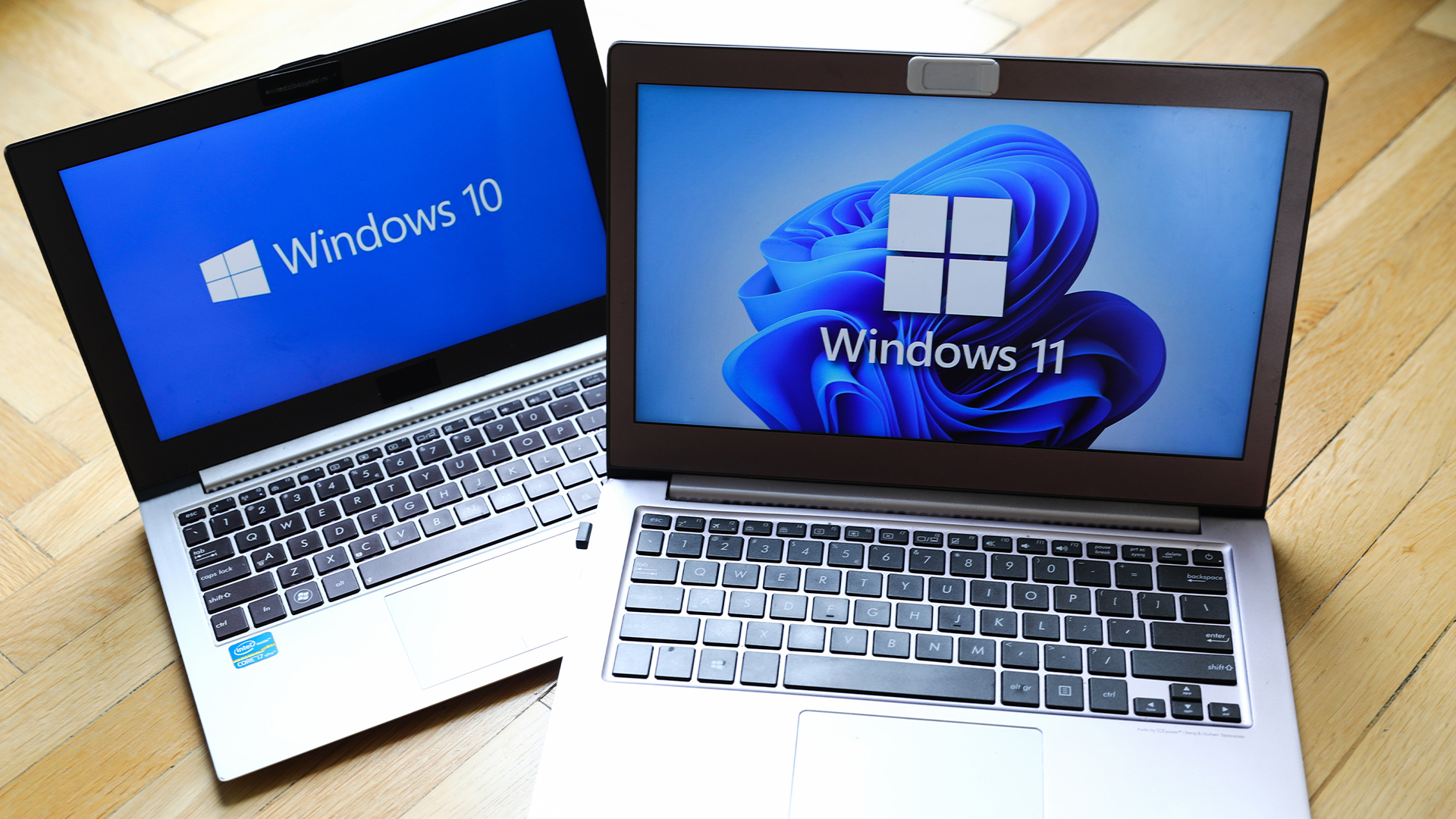 Windows 10 end of life could create a major e-waste problem
Windows 10 end of life could create a major e-waste problemNews The study marks the latest Windows 10 end of life e-waste warning
-
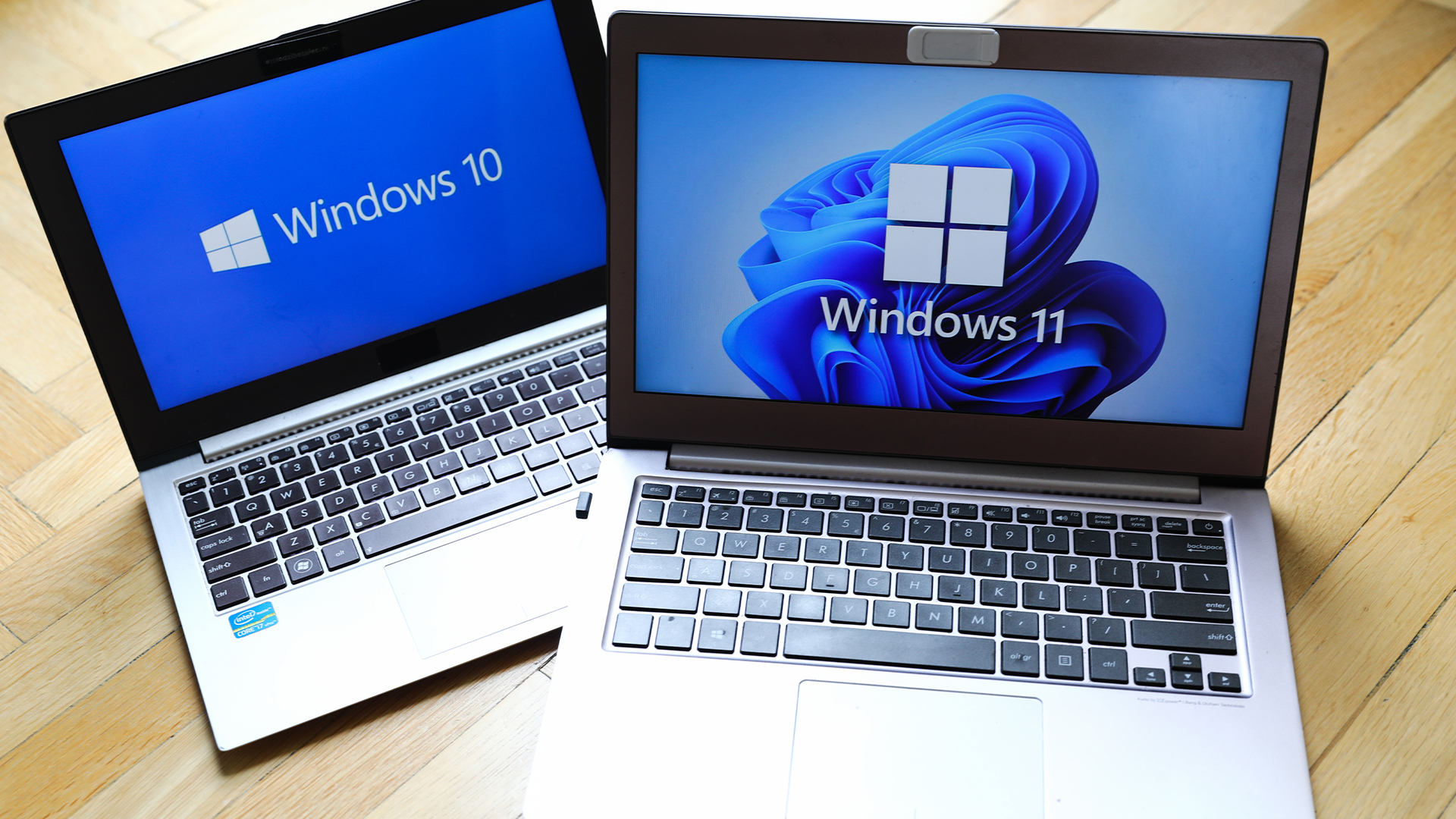 Windows 10 extended support costs could top $7 billion
Windows 10 extended support costs could top $7 billionNews Enterprises sticking with Windows 10 after the October deadline face huge costs
-
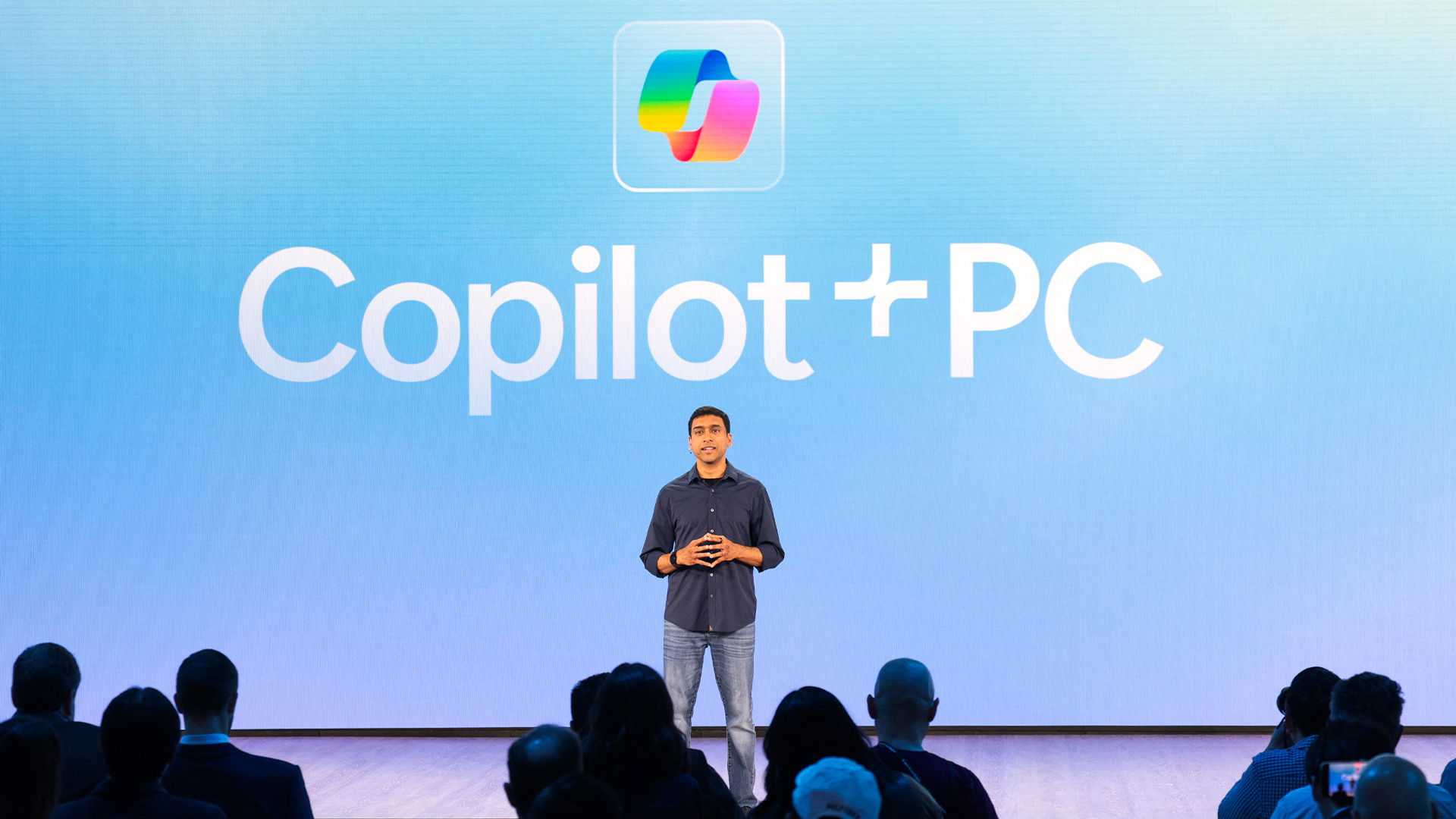 A senior Microsoft exec says future Windows versions will offer more interactive, ‘multimodal’ experiences
A senior Microsoft exec says future Windows versions will offer more interactive, ‘multimodal’ experiencesNews With speculation over a Windows 12 reveal mounting, a senior company figure claims the new operating system will mark a step change for users
-
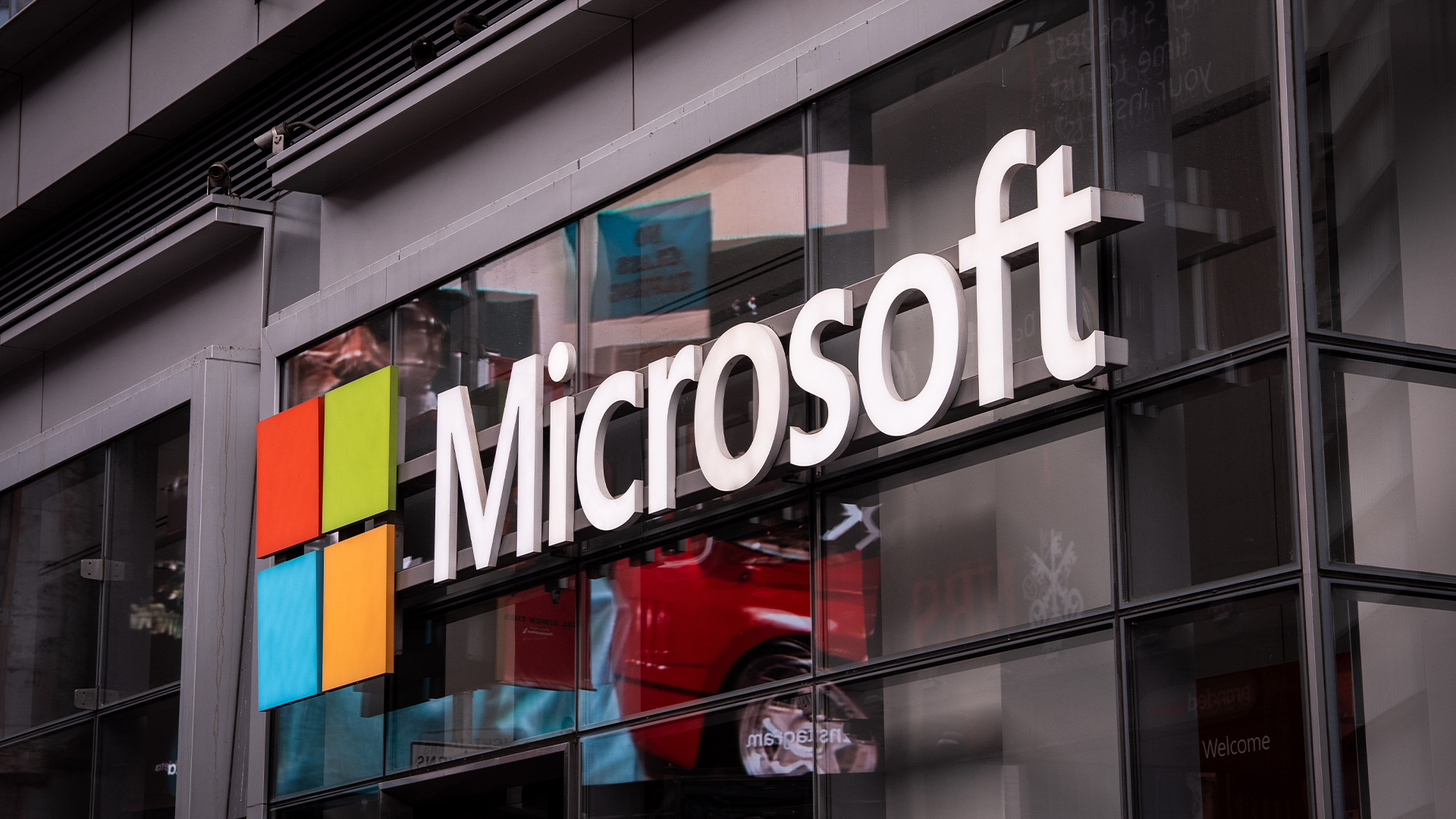 Microsoft’s botched August updates wiped SSDs, now it’s breaking PC resets and recoveries on Windows
Microsoft’s botched August updates wiped SSDs, now it’s breaking PC resets and recoveries on WindowsNews An out-of-band patch has been issued by Microsoft to fix a flaw introduced by its August update
-
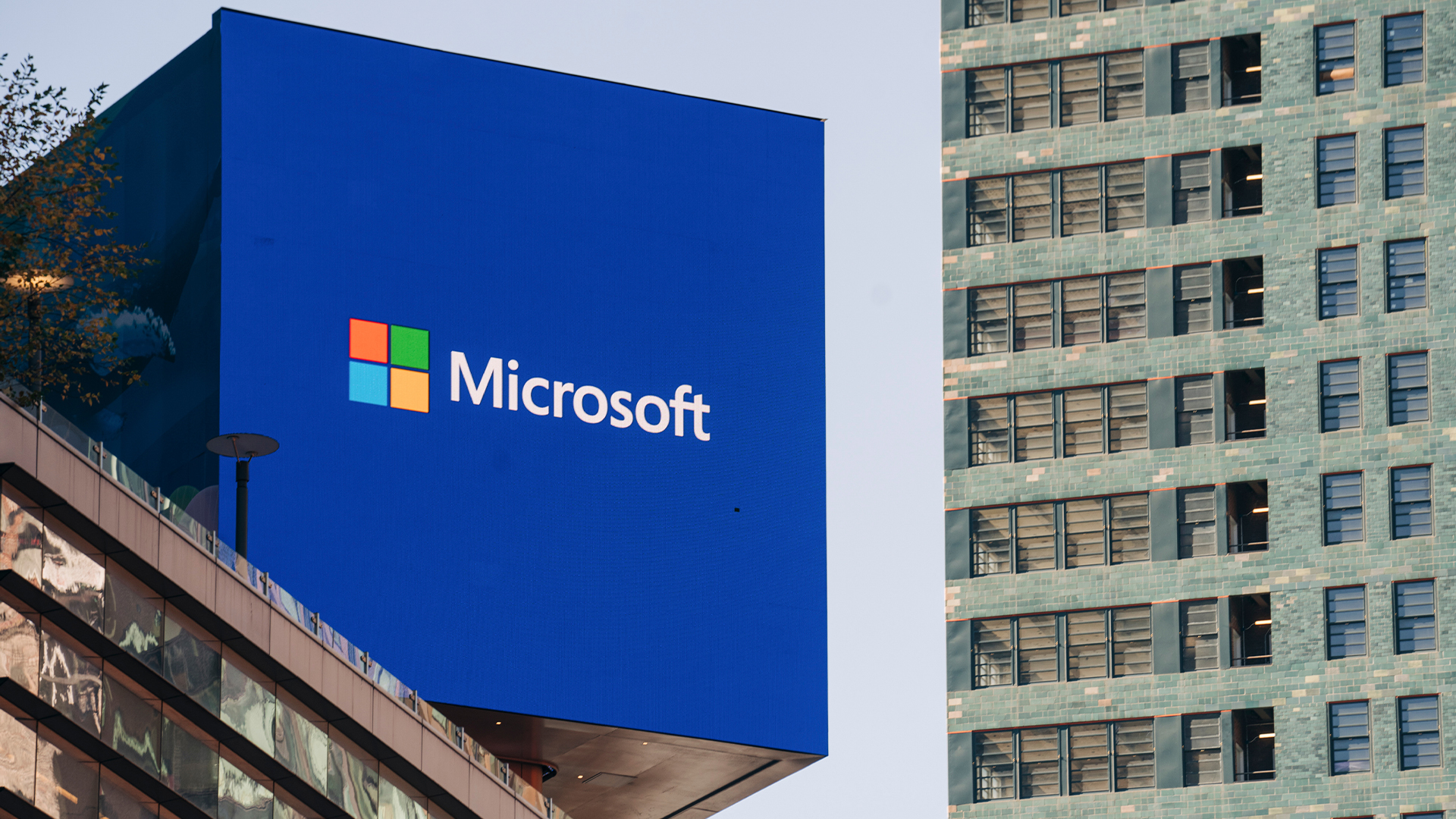 A Windows 11 update bug is breaking SSDs – here’s what you can do to prevent it
A Windows 11 update bug is breaking SSDs – here’s what you can do to prevent itNews Users first began reporting the Windows 11 update bug last week
-
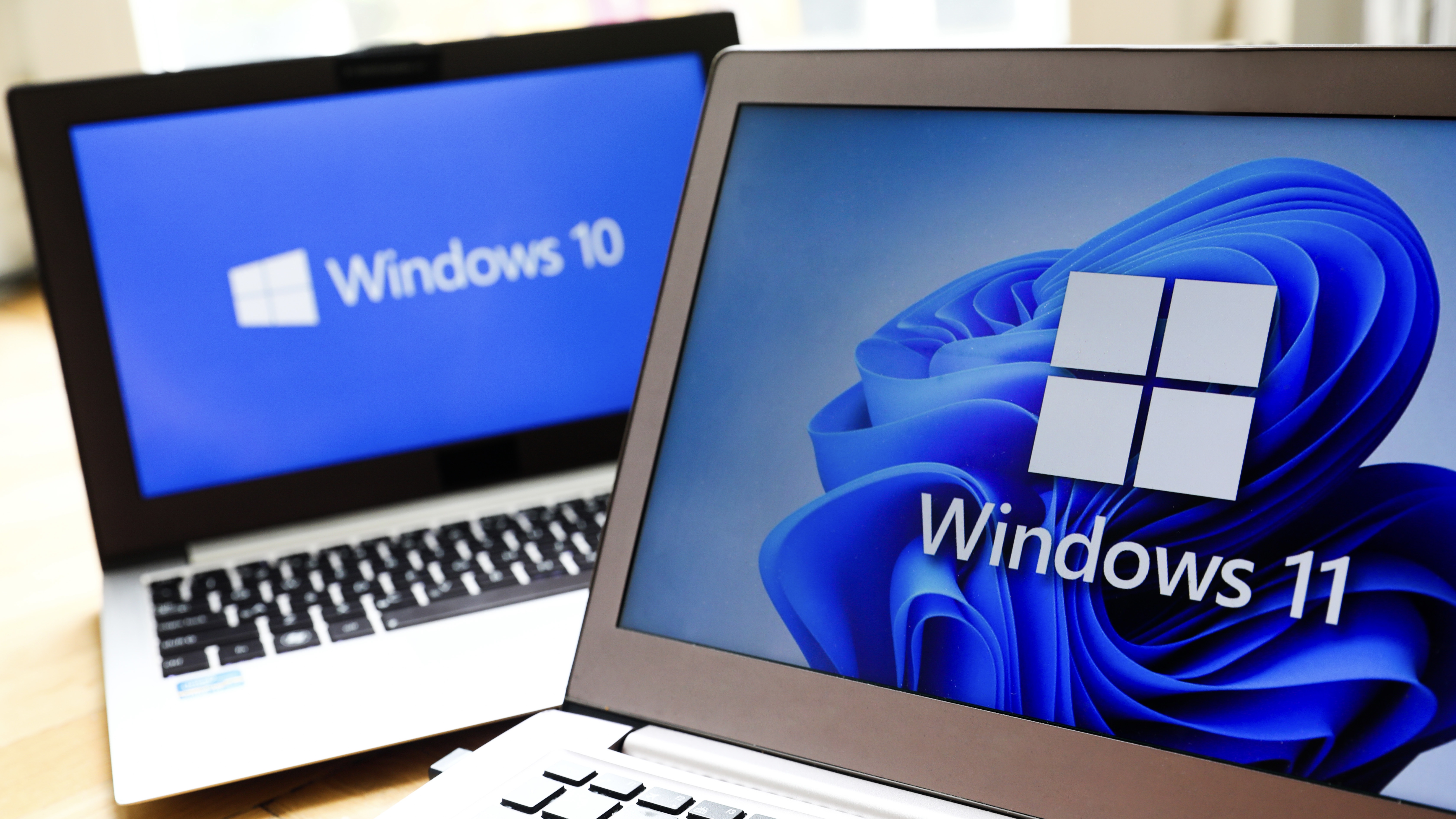 The Windows 11 migration conundrum: What role can the channel play?
The Windows 11 migration conundrum: What role can the channel play?Industry Insights Resellers are instrumental to making the right choice about the next steps...